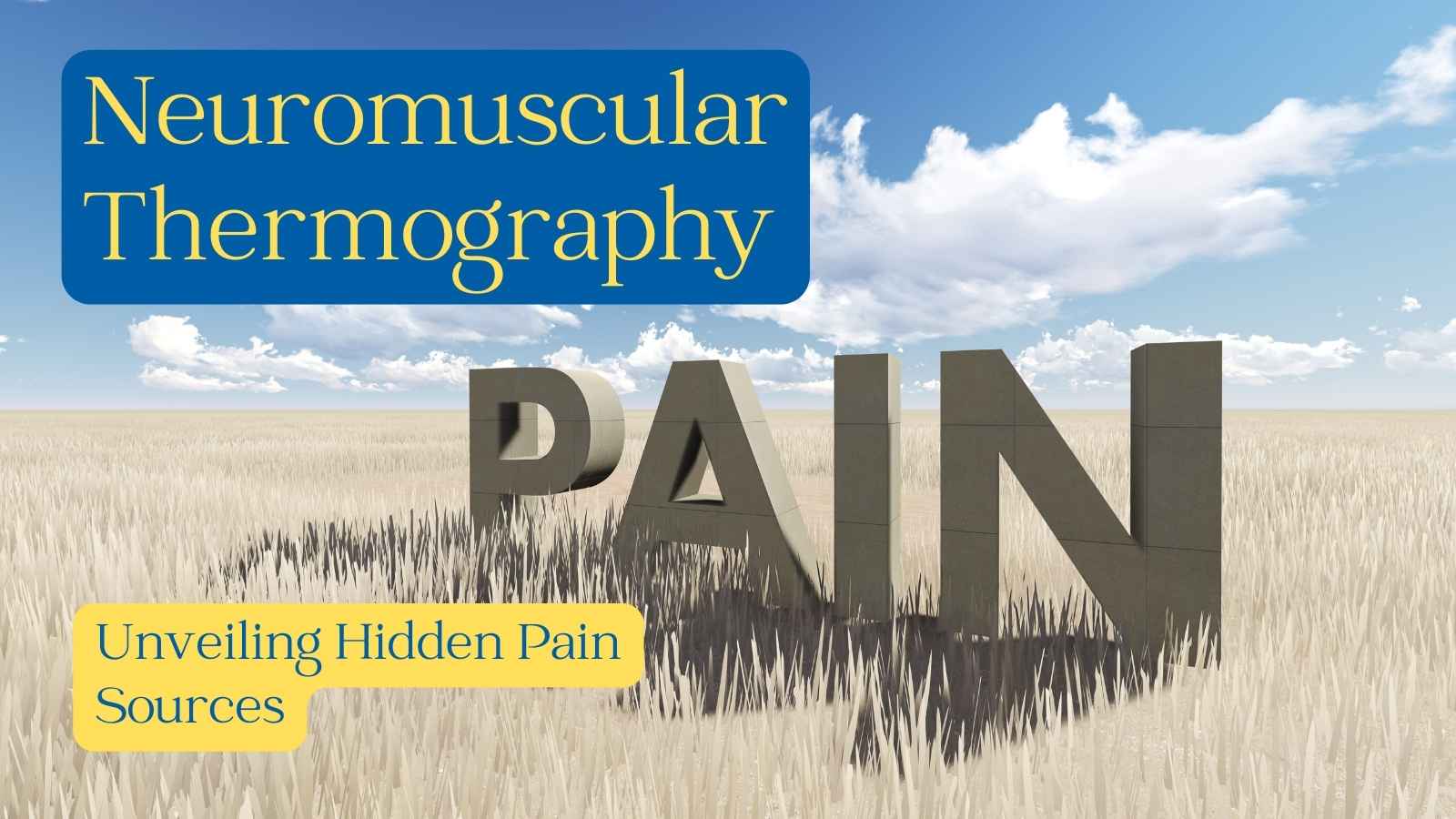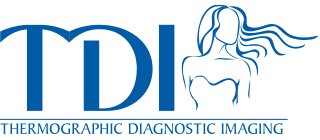Neuromuscular Thermography – Have you been experiencing chronic pain that traditional tests haven’t been able to pinpoint? Neuromuscular thermography (NMT) might be a helpful tool for you. This non-invasive imaging technique uses thermal cameras to visualize variations in your skin temperature, potentially revealing underlying neuromuscular dysfunction.

How Does Neuromuscular Thermography Work?
Our bodies naturally produce heat during various activities. Since we are essentially symmetrical beings, any variation from side to side is important. NMT cameras capture these subtle temperature differences, creating a visual map. Areas with increased blood flow, often associated with inflammation or acute nerve activity, tend to appear warmer. Conversely, cooler areas might indicate reduced blood flow and suspicion of nerve dysfunction.
What Conditions Can NMT Help Identify?
NMT can be a valuable addition to a doctor’s diagnostic toolbox for a range of neuromuscular conditions, including:
- Peripheral nerve injury: NMT can help assess nerve damage caused by trauma, compression, or other factors.
- Complex regional pain syndrome (CRPS): This chronic pain condition can be difficult to diagnose. NMT can be used to support a CRPS diagnosis and monitor treatment progress.
- Undiagnosed pain: NMT can be a useful tool when other tests fail to reveal the source of your pain.
Benefits of NMT
This is the only test that can assess the sympathetic nervous system. It measures physiology, not anatomy.- Non-invasive and painless: Unlike X-rays or MRIs, NMT doesn’t involve radiation or discomfort.
- Safe for all ages: NMT is suitable for patients of all ages, making it a valuable tool for pediatric and geriatric care.
- Early detection: NMT can sometimes identify abnormalities before symptoms even appear, potentially leading to earlier intervention and treatment.
Important Considerations with Neuromuscular Thermography
While Neuromuscular Thermography is a promising tool, it’s important to understand its limitations. NMT images alone cannot definitively diagnose a condition. They should always be interpreted by a qualified healthcare professional, such as Dr. Getson at Thermographic Diagnostic Imaging in New Jersey, alongside other diagnostic tests and your medical history.
If you’re struggling with chronic pain and haven’t found answers through traditional methods, discuss NMT with Dr. Getson. This innovative technology could be the key to unlocking the source of your pain and guiding you toward a path to recovery.
Thermographic Diagnostic Imaging, 100 Brick Rd., Marlton, NJ 08053
Call 856-596-5834 or visit us at www.tdinj.com.
Do you have more questions about thermography? Click here for our FAQs.
Please find us on Facebook: https://www.facebook.com/TDI.HealththroughAwareness

